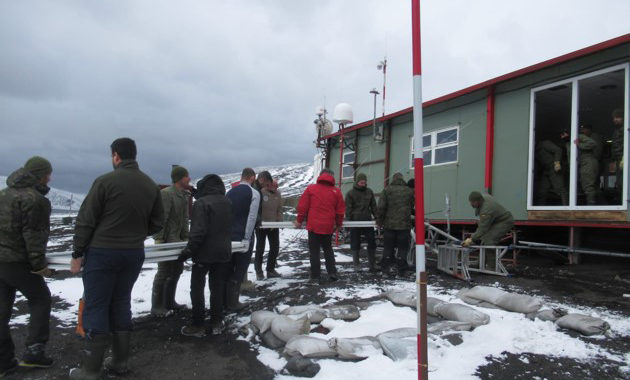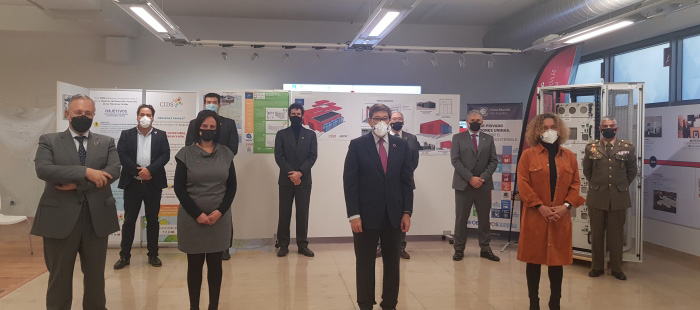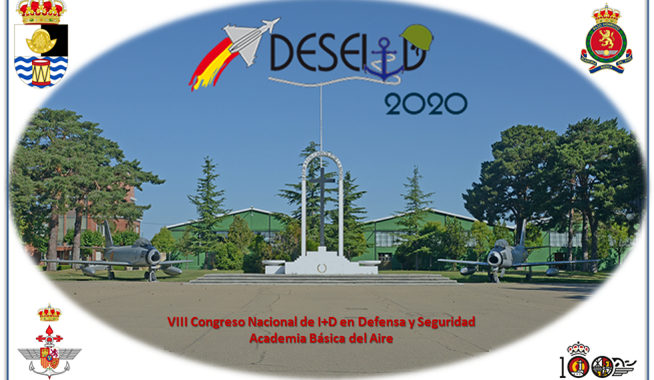The project will last three years and has a budget of 1,006,152 € co-financed 55% by the European LIFE+ programme.
The agreement to launch the European LIFE ZEROENERGYMOD project was signed today and is expected to be tested within a month. The agreement involves four partners: the Hydrogen Foundation, chaired by Arturo Aliaga, the University Defence Centre and the Aragonese companies ARPA EMC and B-Haus. It is a project based on the development of habitable and modular modules, easy to transport and install and with zero-emission energy consumption. It will first be tested in the army, although the idea is to extend it to the civilian sphere.
The four partners involved in this project, including the Aragon Hydrogen Foundation, have today ratified their commitment to research to achieve more efficient buildings. The president of this entity and also vice-president of Aragon, Arturo Aliaga, highlighted “the solidity of this initiative based on hydrogen technologies and which has two Aragonese companies for its implementation, as well as the Ministry of Defence, which is deeply rooted in Aragon”. The origin of this technology, Aliaga reiterated, “began more than fifteen years ago in the autonomous community and now, with projects like this one, it shows that it is bearing fruit and is being placed at the forefront of this type of research with international prototypes. We hope that it will end up being a patented prototype that can be extended to other applications in the civil sector.
The final solution will consist of two integrated modules, the PASSIVMOD, a living module with reduced energy consumption, thanks to its design under the Passivhaus standard, and the ENERMOD, an energy module with renewable generation. The living module will be multi-purpose and can be used as a bedroom, office or communications centre, certified under the Passivhaus energy standard, the most demanding in the world and which is already spreading all over the world. And the second energy module that will supply it is what we call the Enermod, which, through wind energy and solar panels, will produce energy that will be stored in the form of hydrogen and thus, seasonally, will be able to supply the habitable module in a self-sufficient way. The idea is that in the future the military bases will be “green” and completely independent of the country in which they are located, that they will not emit CO 2 and, at the same time, will increase their security. So far, several research stays have been carried out in Lebanon, Antarctica and Zaragoza to test how this standard behaves in different climates, medium or extreme, and it has been shown that it is capable of reducing energy consumption by up to 90%. The problem, until now, was the difficulty in supplying renewable energy consumption, but by reducing it to 10%, self-sufficiency is possible.
The prototype will now be tested in Zaragoza, as an example of an arid and dry climate for six months. From there it will be moved to the Riga base in Latvia, a cold climate, and finally to the Gabriel de Castilla base in Antarctica, an extreme climate, where it will remain for good. It will be the first Passivhaus building to be erected on the Antarctic continent. The plan is to test its operation in order to bring the use of this technology to the rest of the military camps around the world.




